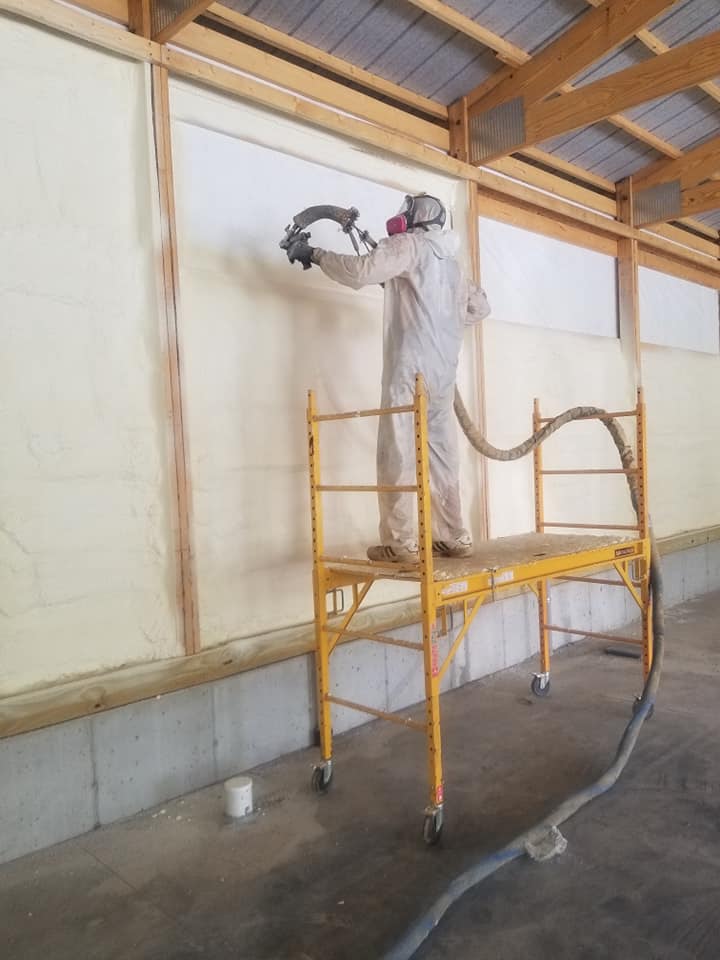Spray Foam

Spray Foam Insulation versus Cellulose
Spray Foam Insulation versus Fiberglass
Fiberglass insulation is made of plastic and extremely tiny glass fibers and comes in two forms- loose fill and blanket batts and rolls. It acts as an insulator by trapping pockets of air thus keeping your house or building structure cool in summer and warm in winter. Compared to spray foam insulation, it is quite inexpensive but similar to cellulose insulation, it does not act as an air barrier. In addition to this, if the fiberglass insulation is disturbed, the tiny glass fibers can get into the atmosphere of your home and building structure and this can cause respiratory problems and can even get under your skin, thus causing itching and rashes. Fiberglass insulation can also trap dust, allergens and moisture which can lead to the growth of mold.
Spray Foam Insulation versus Mineral wool
Mineral wool or rock wool insulation is more superior compared to both cellulose and fiberglass. It is made from recycled mineral rocks such as basalt or slag. It is very resistant to high temperatures and sometimes can be used along with spray foam insulation as hybrid insulation for certain projects because it is capable of acting as a thermal barrier. Since mineral wool insulation comes in the form of fiber-batts it is not possible to fill all the cracks and crevices whereas spray foam insulation can.
